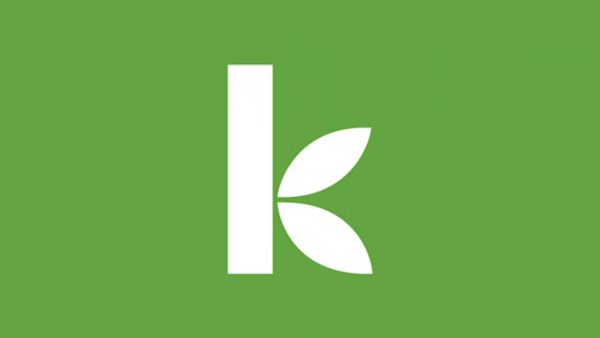
Gavin Sword KF9
I read with great interest the very thoughtful blog by David Roodman: as well as the more sensational New York Times article about Kiva’s loan disbursement disclosure issues. I agree that Kiva could have done a better job of explaining the nuanced realities of fund disbursement on its website. And I think that insightful blogs aimed at holding Kiva accountable are useful and will serve to strengthen the organization. But beneath all the controversy, for many, I think a line blurred between connecting to an individual and controlling an outcome.
As lenders we like to think we are really making a difference in someone’s life and we are…but it’s complicated and it actually bumps up against something we all value greatly about Kiva: Empowerment. For three key stakeholders: lenders, borrowers and MFI’s – empowerment is key.
I completely understand that stories and photos are a necessary piece of the Kiva model, but can you imagine going to your bank for a loan and being asked for a photo and life story? And then be told that this photo and story will determine your loan approval outcome? Not empowering. I much prefer that Kiva’s carefully selected MFI partners are trusted to make their own lending decisions based on business criteria. As lenders we can feel connected but the control of who gets funded is best kept in the hands of the MFI.
I actually think most Kiva lenders like very much that Kiva promotes a business-type relationship between the borrower and lender. These are loans – not donations. And following this logic, loans are about creditworthiness not appearance or life stories or likeability. The fact that pictures and profiles are necessary to create empathy and elicit our generosity is ok with me – we are human, but I prefer that they are not the final random, subjective arbiters of who gets funded.
I think that all of this points to a plural P2P model for Kiva. People to People lending (with regional, country and/or MFI selection enabled) will be a good thing, and I suspect that the empathy-generosity link will not be jeopardized. As lenders we do lose some perceived control but the connection is still there. Without being too preachy, in my opinion, the connection we feel when we lend is not so much to the specific person: it is a connection to humanity.
People to People also solves for two things that I find unsettling (and dis-empowering) about the concept of “Person to Person” lending as it stands today. The first is that the person I lent to did not know who I was – it seemed unequal and unfair to me. (Even if they could get online access, many Kiva lenders choose not to have their photos on the site).
The second thing that troubled me was learning that the loans that get funded fastest are inevitably those with an attractive person in the photo, smiling brightly with a touching story that mentioned sorrows endured. Other equally deserving but less appealing looking people, perhaps not smiling enough, or with stories that were somehow not evident of sufficient hardships or pluck or whatever struggled to receive funding. I think it is dis-empowering to the MFI and the qualified borrower. (I was heartened to learn that there is actually a Lending Group that focuses on loans about to expire).
As a lender, what I really should care about is to know that all of the intended funds are actually getting to a borrower screened and vetted by the specific, capable MFI partner chosen by Kiva. This is something I can definitely vouch for in Rwanda from my experience here. Good loans are being made to deserving entrepreneurs.
So in all this rambling, I submit that a People to People model removes bias and prejudice and levels the playing field, empowering in equal measure borrowers, lenders and MFI’s alike. This is certainly a good thing.
As for the optics and transparency regarding the mechanics of actual fund disbursement realities, I say good catch by Roodman. I also say that Kiva has responded in a balanced, reasoned and open way that reflects well on the organization. It inspires confidence that as it grows and evolves, Kiva will continue to strive to do the right thing in the future.
Let me end by saying that I am very proud to be a part of this dynamic, transparent and caring organization as a Kiva Fellow.
/>













